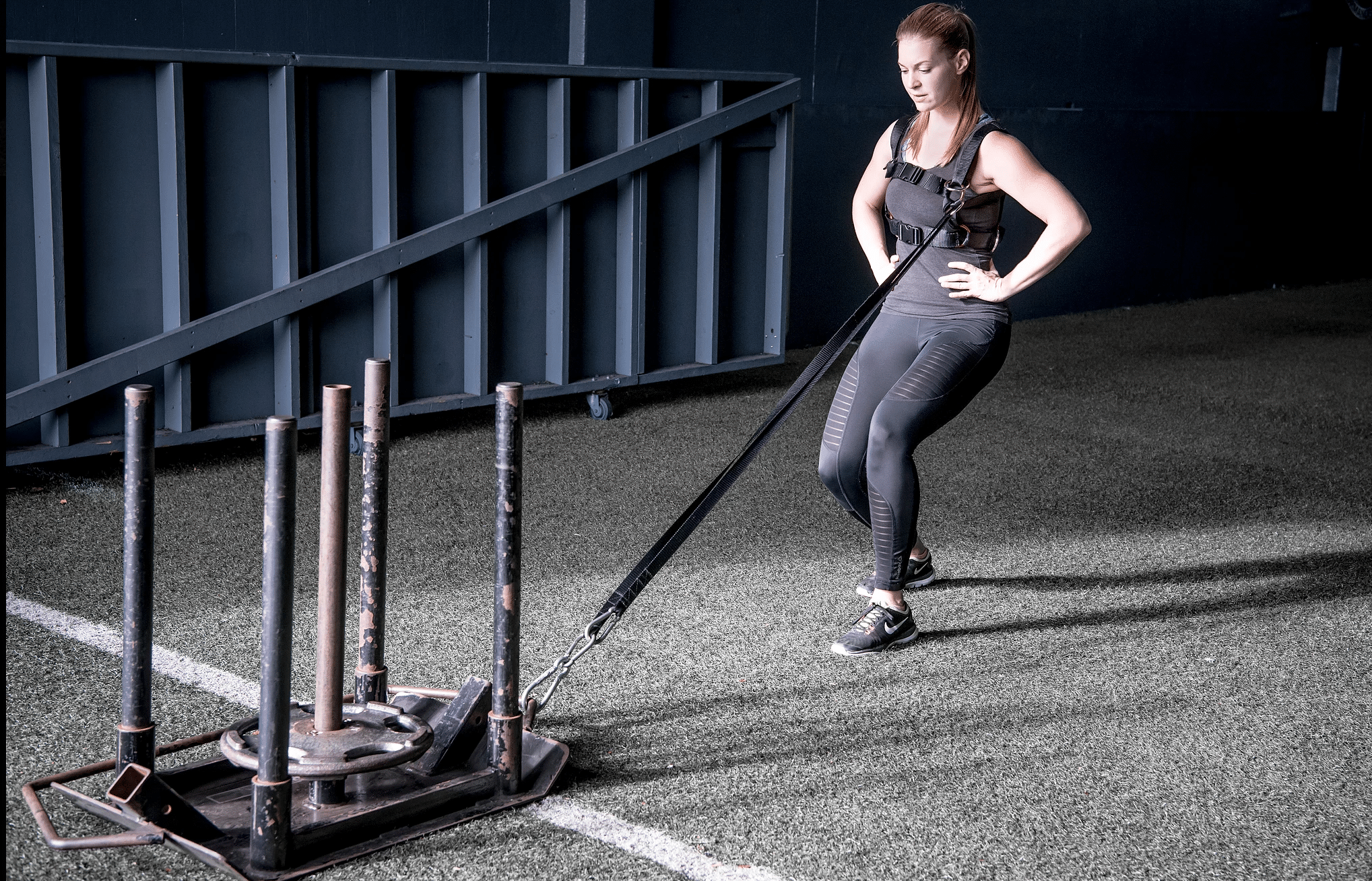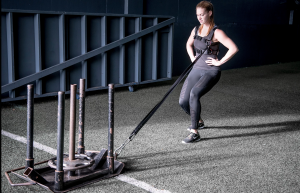
Chances are, when you think of the words “Core Training” one of the first thoughts that come to mind is sit ups and planks.
Not bad exercises to do to “strengthen” your core, but definitely not the only exercises for “core” training. These focus on just a single aspect of true “core”strength.
On that note, let me briefly explain why I use “” around the word “core”.
Most people link “core” with having a 6-pack, assuming that if you actually have a 6-pack, you must be strong in that area.
On that same token, if you ask 10 people as to what constitutes the core, you may actually get 10 different answers (ok maybe 2-3 answers will be the same), with people mainly insinuating that strong abs equals a strong core.
While the simplicity of seeing abs makes for a convenient answer, the core runs deeper than this and includes an intricate network of muscles that work in sync to create a strong body and movement.
The core moves laterally, flexes and extends forward and backward respectively, and also rotates.
Each of these motions involve more than just abs. They include lower back, hip, glute, obliques, and you can even say quad and hamstrings to an extent.
Hence, when I put “core” in “”, I’m just trying to simplify and use a term commonly used amongst the populace.
In Comes the Kiro Core
Good friends Kika and Roberto Mela of Mela Therapeutics located in South Florida are 2 of the top Sports Therapists in the entire country.
Having extensive experience working with multiple 1st round NFL drafts picks (every year might I add), to elite athletes in the NBA, NHL, MLB, MMA, Tennis, Kika and Roberto are experts in their field, applying precision techniques to recalibrate the body, get muscles innervated and firing correctly, and position athletes to perform at their peak.
Through years of working with elite athletes and clients, the Melas recognized a need in performance world for a versatile tool that could better isolate core motions and apply a dynamic resistance throughout the multiple planes of motion.
The goal was to also be able to train these motions without compromising spinal and joint integrity, and not veer too far from actual human and elite athlete movements, like traditional “core” exercises can sometimes do.
Hence, they invent the Kiro Core Harness.
Designed to specifically provide multiple levels and angles of resistance for the core, and scapula, it pinpoints the angles and movements necessary for true core strength and movement. With sliding rings built in, the different levels of attachment allow increased resistances from several angles.
We use the Kiro Harness for general strength training, speed training, rehab and spinal stability strengthening, football and baseball specific skill development, rotational strength for throwers, core endurance through pulling a sled at various angles to challenge spinal erecters and rotators (as seen in the above image), and also for our “older” population of clients needing to stay strong without overdoing it.
Because the harness is able to engage more muscles while moving in different directions and provide rotational resistance, you are able to create stronger, more efficient movement at the trunk and spine.
For someone coming back from an injury, the harness allows us to train the same muscles used to sprint, without actually sprinting, positioning the athlete for a stronger return to play once medically cleared.
This is actually a great tool if you are a practitioner, chiropractor, or sports therapist looking for a solution for patients to get stronger without overloading the joints.
Below are 5 Kiro Core exercises we use for our athletes and clients.
1.) Trunk Rotation:
The purpose is to Train the back rotator and back extensors. Note her controlled movement. A slower eccentric, isometric, and concentric motion allows for better control and strength. Even though not actually running, we are training the same muscles involved in transferring forces while running. Great for ANY fitness or athletic level.
2.) D Line Get Offs
A more advanced and specific movement here. Applying an anti rotational concept to the defensive end position, creating core resistance while taking off. Very much applicable for this specific athlete as he must bend, turn, and RESIST getting turned all while moving upfield. The intention is to increase the threshold of the rotators in game situations, and increase punching power.
3.) Anti Rotational Split Jumps
Applying the same concept here of resisting rotation, keeping stable at the trunk while performing explosive split jumps. Here there is a focus on the erectors and rotators. While this movement is not specific to a particular sport, there are multiple spors that involve hip separation, rapid deceleration and reacceleration. Training the core to remain stable during such movement allows for more efficient movement into and out of these positions. For this particular drill, there is also an endurance component involved to increase work capacity over time.
4.) Tempo March
Note here the controlled limb speed. The intent here is train single leg strength at the hip, glute, ankle, and knee while resisting rotational forces. In this case we are facing away from the resistance, and targeting more the rotating abdominal. Client here is coming off of 2 knee replacements, and gaining movement integrity is a key goal.
5.) Scapular Elevation
Here the empahsis is to elevate and depress the scapulars of the shoulder. Note that since it is hooked to a single side, we are also working anti rotational forces. Great exercise to strengthen the shoulder for rehab, and also for throwing athletes to better stabilize the shoulder and rotators.
We typically complex these exercises as a part of a strength or power circuit, or perform a Kiro Core Complex to prep the trunk for an intense loaded exercise.
******
Whether a Lacrosse player, a sprinter, a lacrosse player TRYING to sprint faster, a baseball athlete wanting to increase throwing speed, a basketball athlete, football athlete, a tennis player trying to improve your serve, or just someone wanting to be stronger and reduce pain, the Kiro Core Harness is a great tool to have in your arsenal to help improve theses areas.
With so many intricacies of movement involved in motions that we do on a daily basis, and that athletes do day in and day out, having a way to better specify angles of resistance to increase strength and efficiency of core motion is a game changer.
Great work Kika and Roberto!

